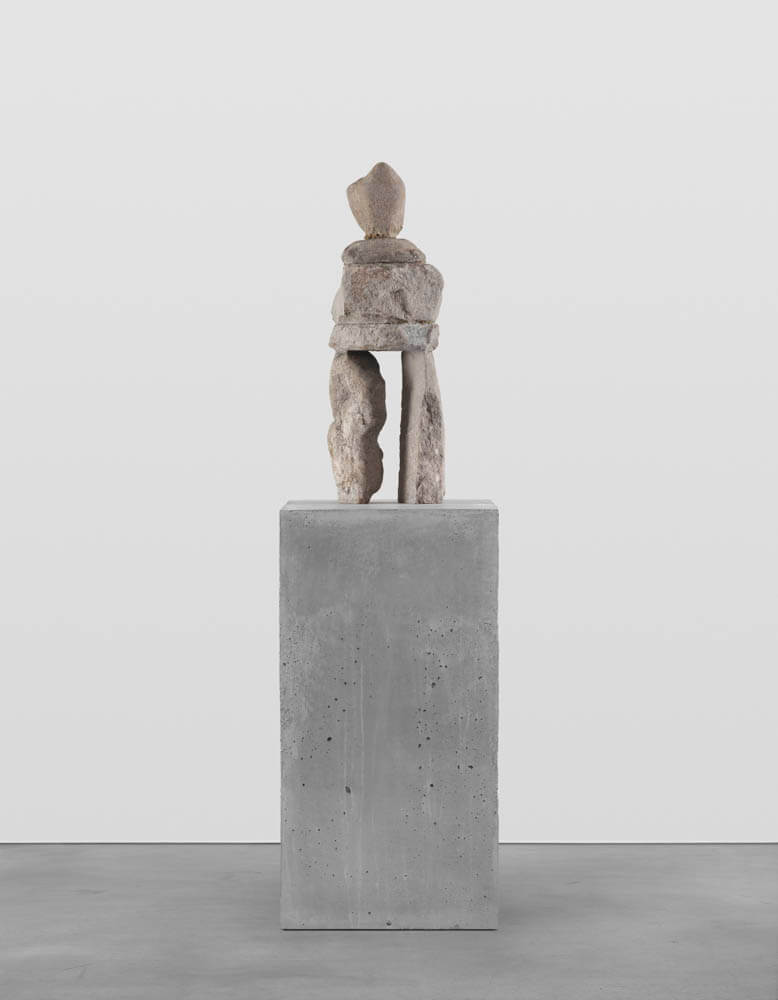
The Certain Soul. Someone steadfast and assured. Doubtless in their movement, believes and invests in themself
Explore the works below. Before expanding the text, think to yourself:
What do you see?
What do you feel?
What might it be addressing?
What questions do you have?
Do you like it? Why or why not?

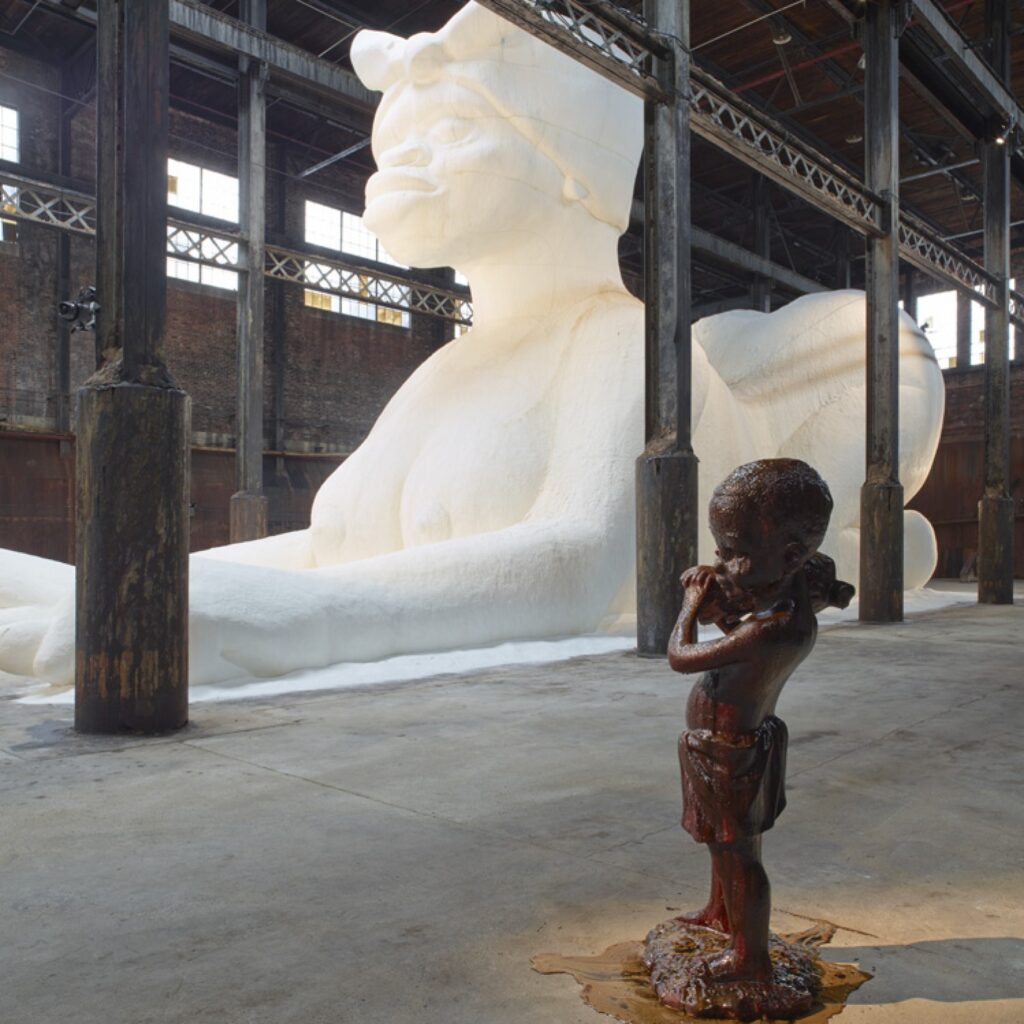
Expand to learn more
This is A Subtlety (2008) or The Marvelous Sugar Baby, an Homage to the unpaid and overworked Artisans who have refined our Sweet tastes from the cane fields to the Kitchens of the New World on the Occasion of the demolition of the Domino Sugar Refining Plant by Kara Walker
Does knowing the title change what you know or think about the work?
A Subtlety is a massive sculpture made with polystyrene blocks coated in white refined sugar. It takes the form of a sphinx but with the features of the stereotypical Black mammy. She is completely nude with her breasts and vulva exposed. She is surrounded by small attendants made of sugar and molasses. She and the babies deteriorated while on display.
A Subtlety was located in the Domino Sugar Refining Plant and made with 80 tons of sugar. As the long title suggests, the work reminds us of the violent history that sugar has with slavery and the exploitation of Black bodies. A Subtlety exudes an air of certainty and determination clear in the set of her shoulders and her forward stare.
Though the sculpture no longer physically exists, it has been immortalized through photographs, most notably through social media.
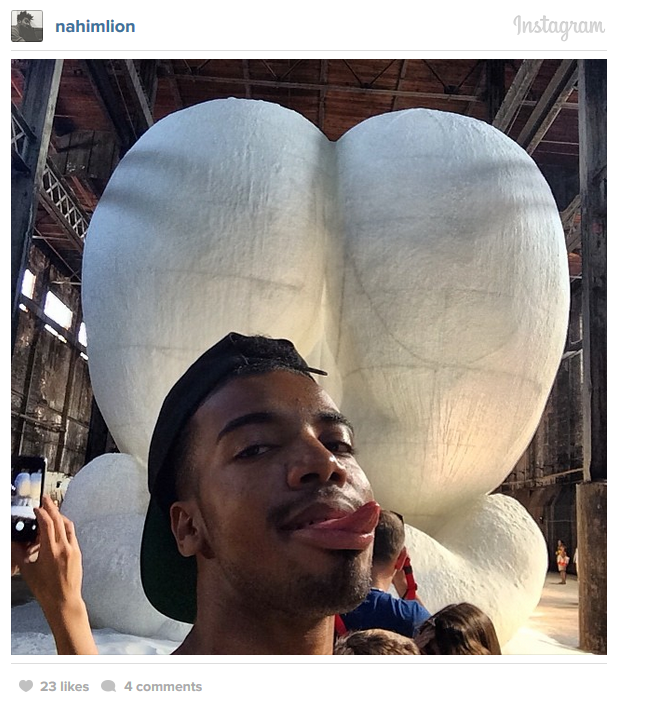
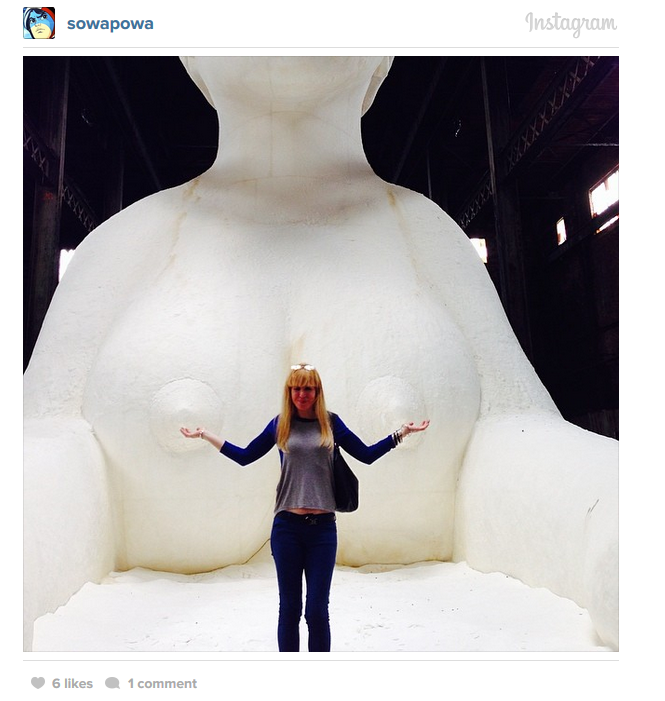
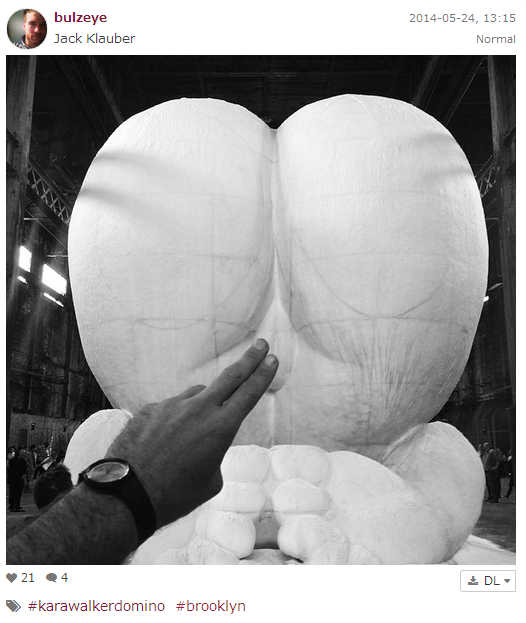
What do you think about the ways that people interacted with A Subtlety? Do you think Walker knew these would be the reactions when she designed the sculpture?
About the Artist
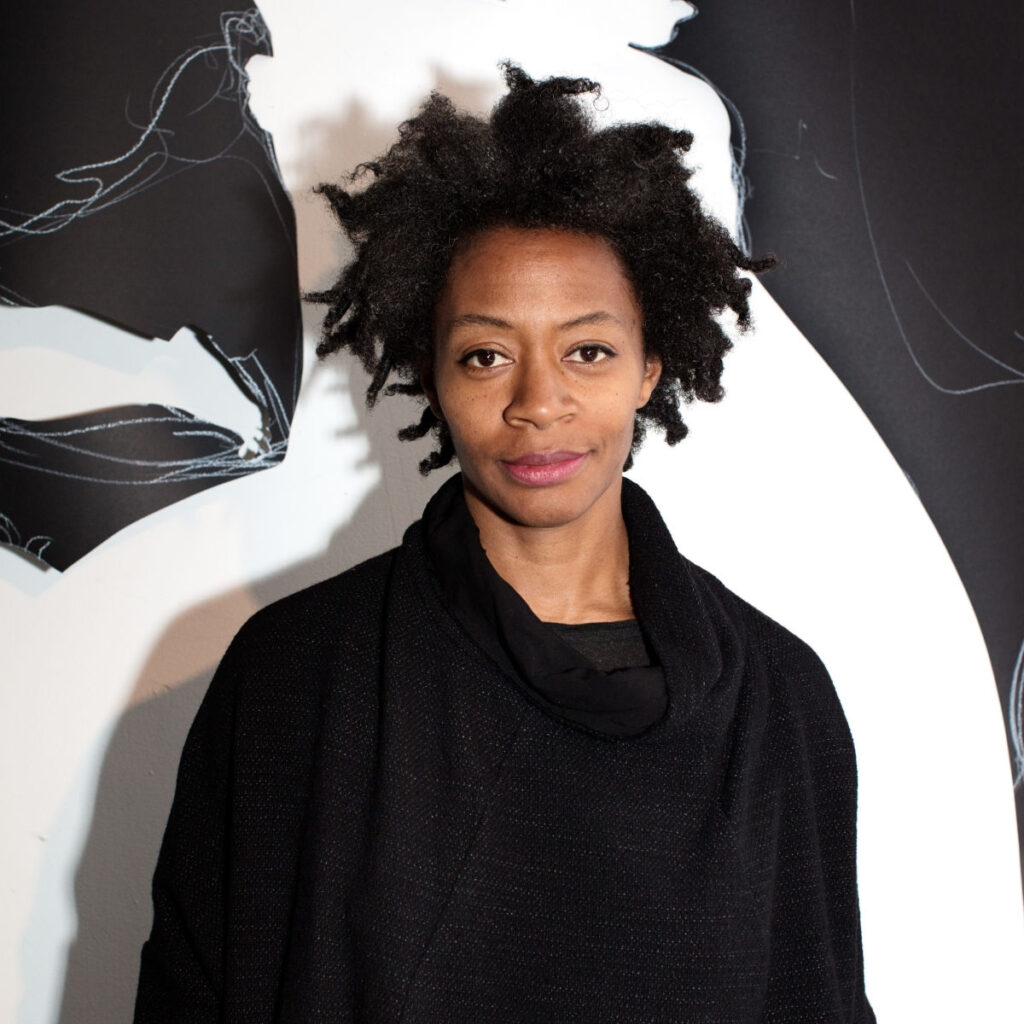
Kara Walker (b. 1969) is an American painter, installation artist, and silhouettes whose work explores violences forced upon Black bodies—particularly Black female bodies. She is one of the most prominent artists working today. She was first recognized for her cut-paper silhouettes that addressed primarily American racism during and post-slavery. Since A Subtlety, her works have become monumental.
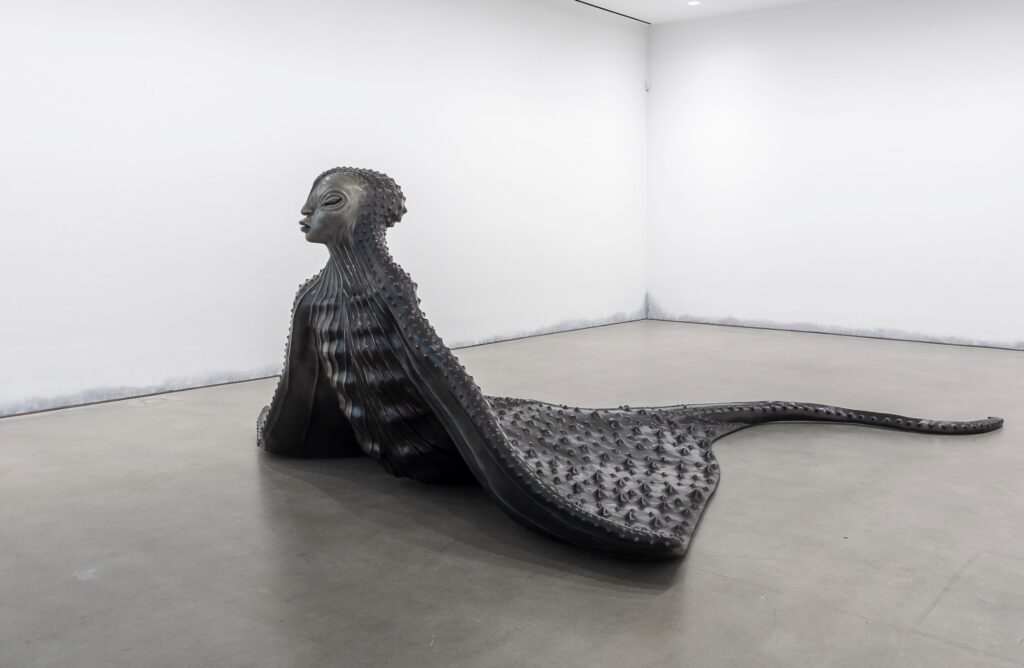
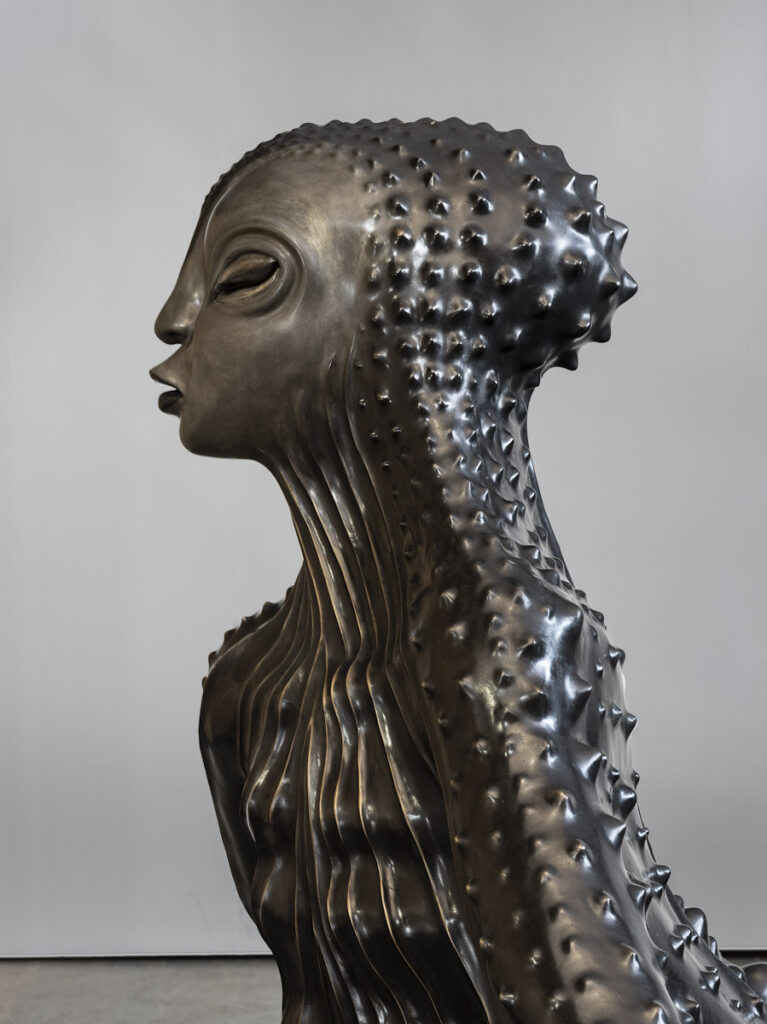
Expand to learn more
This is MamaRay (2020) by Wangechi Mutu. It is a bronze sculpture of a humanoid manta ray.
Does knowing the title affect your idea of the work?
Her face being the only part of her that reads as human, it speaks directly to Mutu’s aesthetic penchant for Afro-Futurist aesthetics. Her face is distinctly alien, but it is also legible as Black. Her body takes on the form of a manta ray, but where a manta ray is soft, MamaRay is hard and strong. She sits up, revealing an armored chest. Her back is covered in conic spikes, lending her a protective armor. Her upright position mimics the mermaids set on the bows of ships. Like a mermaid, MamaRay is part-human and part-sea, but where a mermaid has breasts, MamaRay has sharp, guarded ribs.
In naming her MamaRay, Mutu makes us question our conceptions of motherhood—who a mother is and what a mother looks like. MamaRay stands tall and strong. Made of bronze, she emanates power. Through the material and the spikes and ridges that cover her body, we can understand her body to be something protective.
About the artist
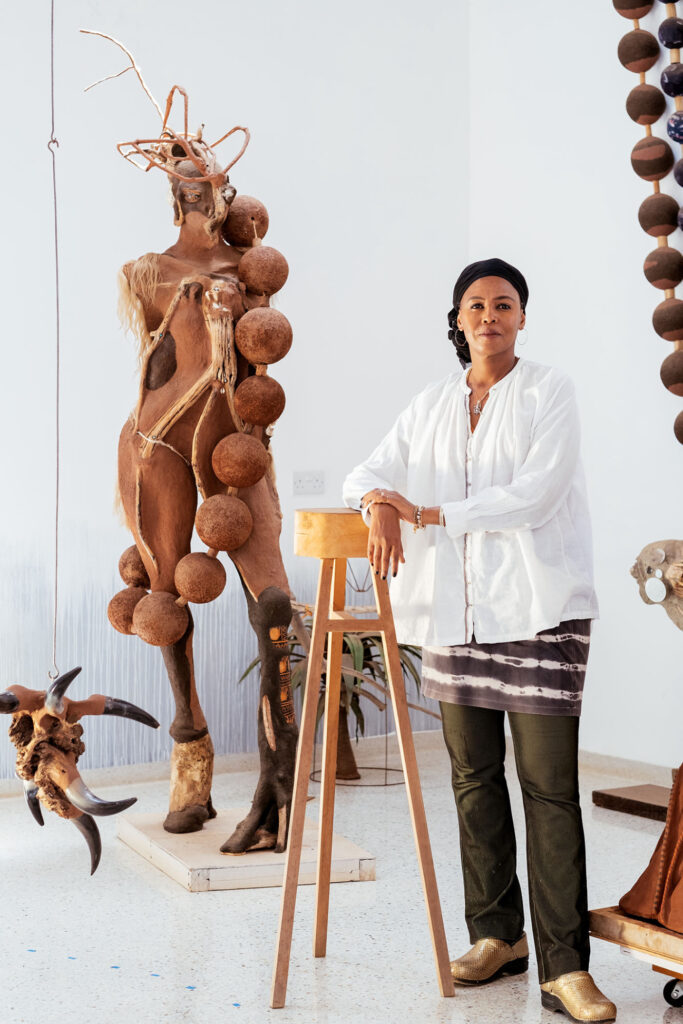
Wangechi Mutu (b. 1972) is a Kenyan visual artist who began working with collage before moving towards sculpture in more recent years. She currently splits her time between Nairobi, Kenya and New York City. Much of her work deals with the legacies of colonization and a type of trauma she names as “anglophone trauma”. Her work tends to focus on women and the female body, particularly the Black, African woman’s body. Stylistically, she is considered part of the Afrofuturist movement.
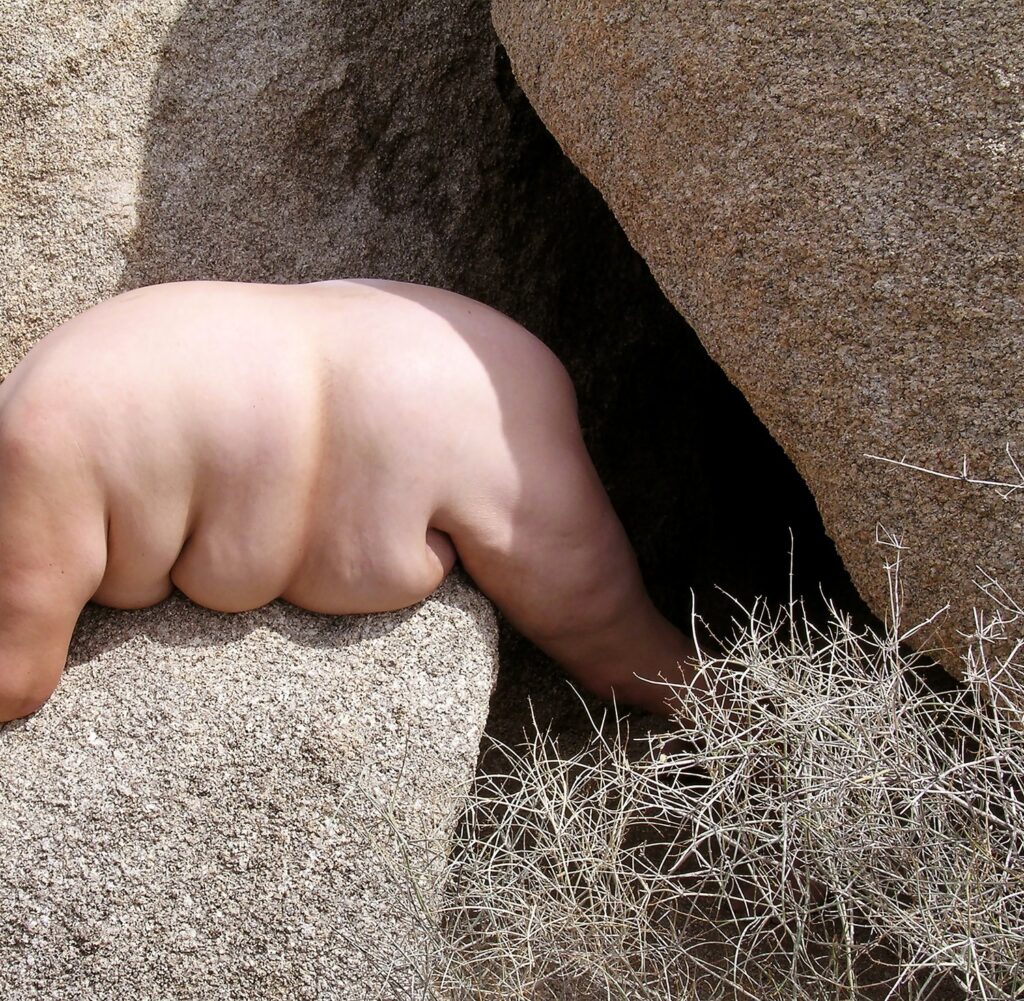
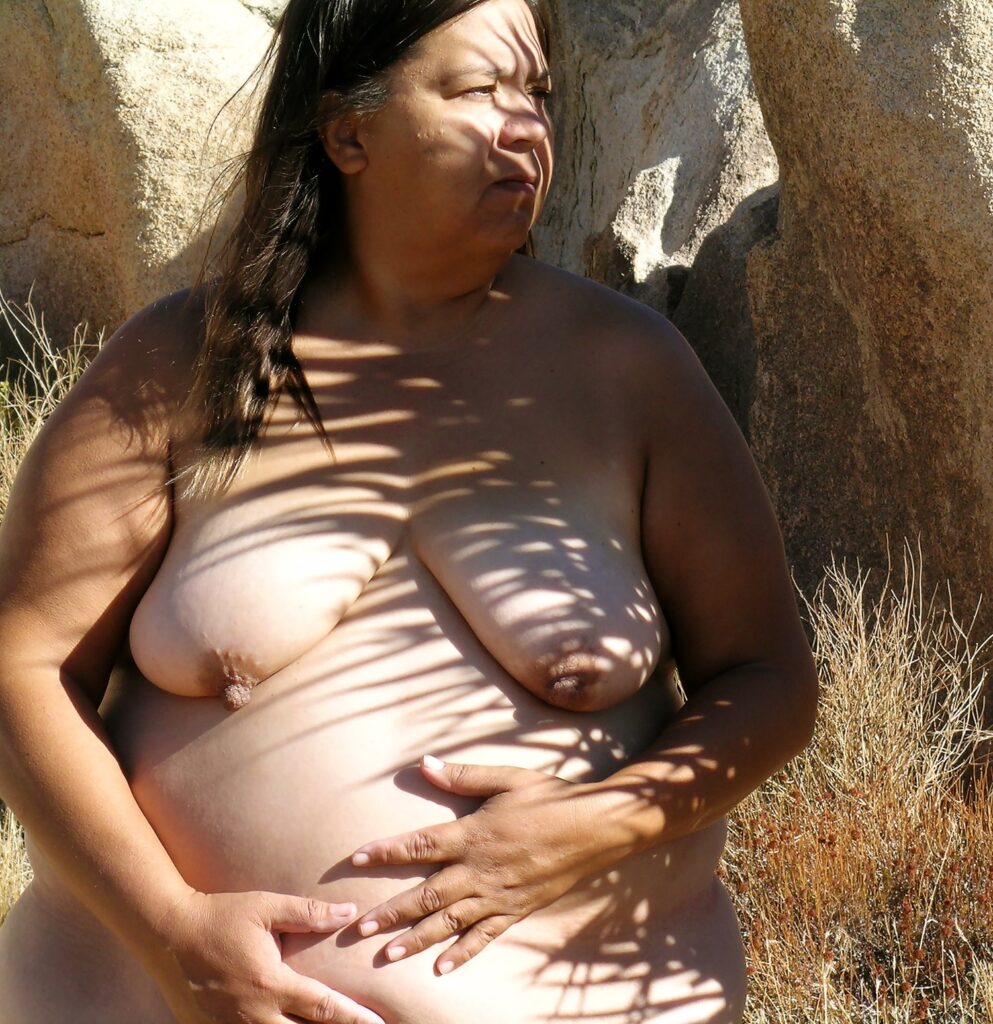
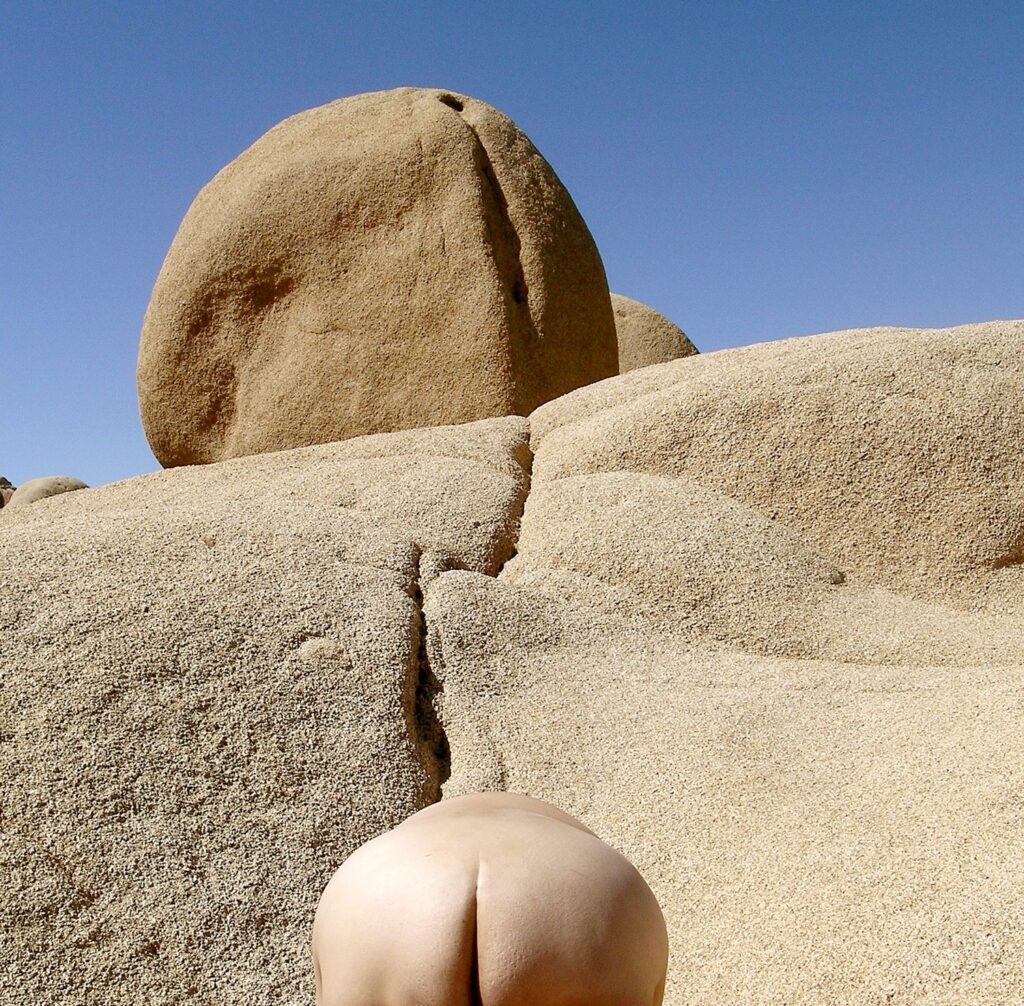
Expand to learn more
This are photos from the Grounded (2006-2007) series by Laura Aguilar. This series is the final in a series of works in which Aguilar photographed herself nude among various landscapes. Grounded is the only one she did in color. In two of the photos we see here, her body blends almost seamlessly into the landscape, hiding her face and any signifiers of her identity from the viewer. Grounded #111 in particular (on the right) verges on abstraction in those seconds it takes the eye to recognize her form as a body at all.
Much of Aguilar’s work deals with the perception of her body, in particular the representations of the fat, naked body. By blending her body into the natural environment she presents her body—one marginalized by society—as something beautiful like the natural world. She forces us to confront our own ideas and standards of what beauty is.
About the Artist
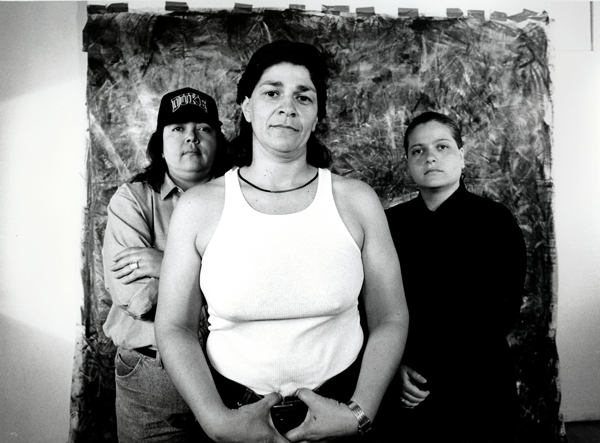
Laura Aguilar (b. 1959) was an American photographer who focused on bringing art to marginalized LA communities—most notably the Queer scene and Latine communities. Much of her work focuses on bodies, particularly her own. She used photography to reclaim her own identity as a fat, disabled, lesbian, Chicana artist.